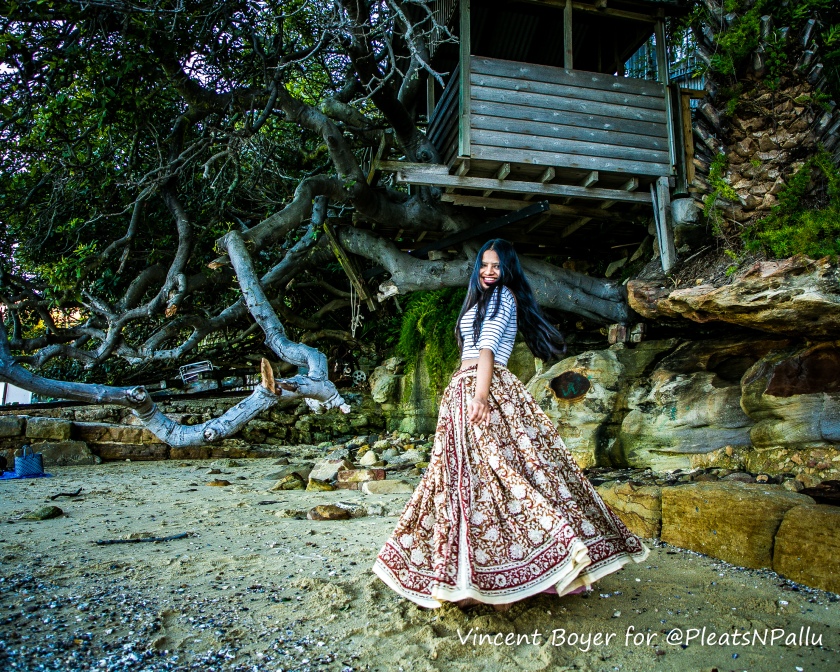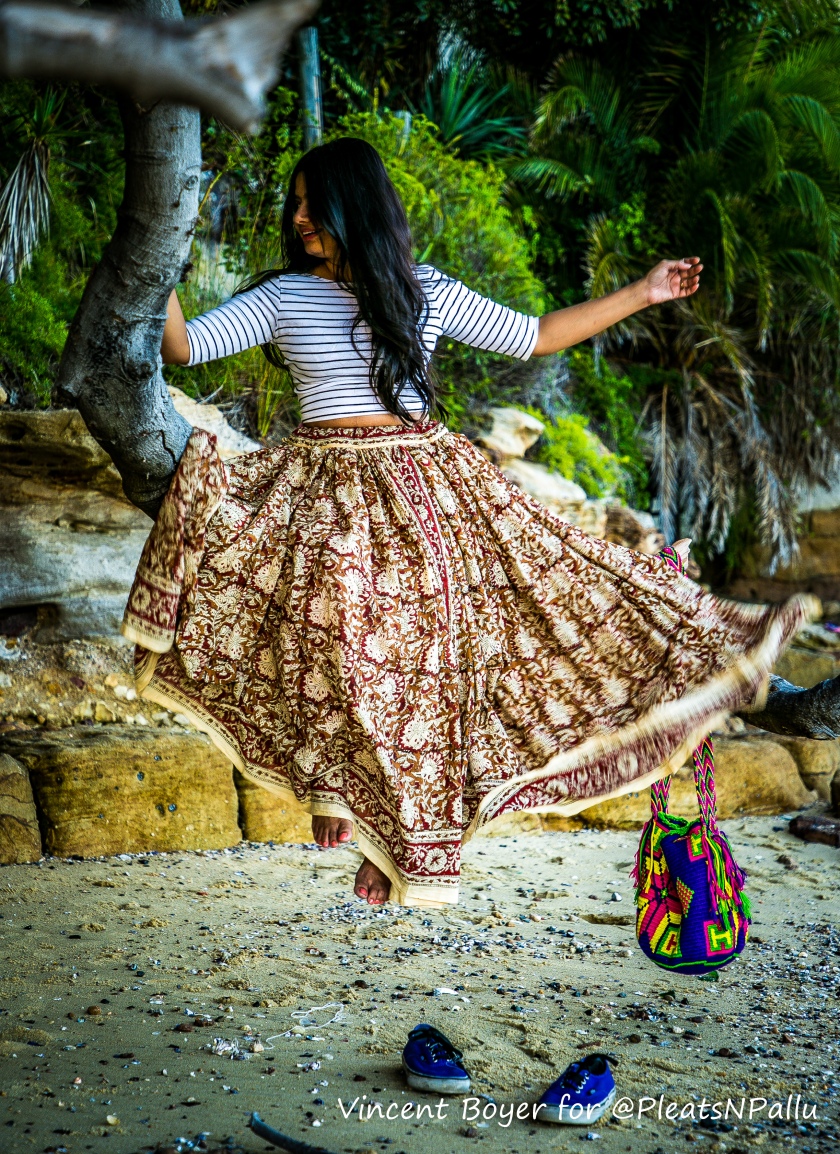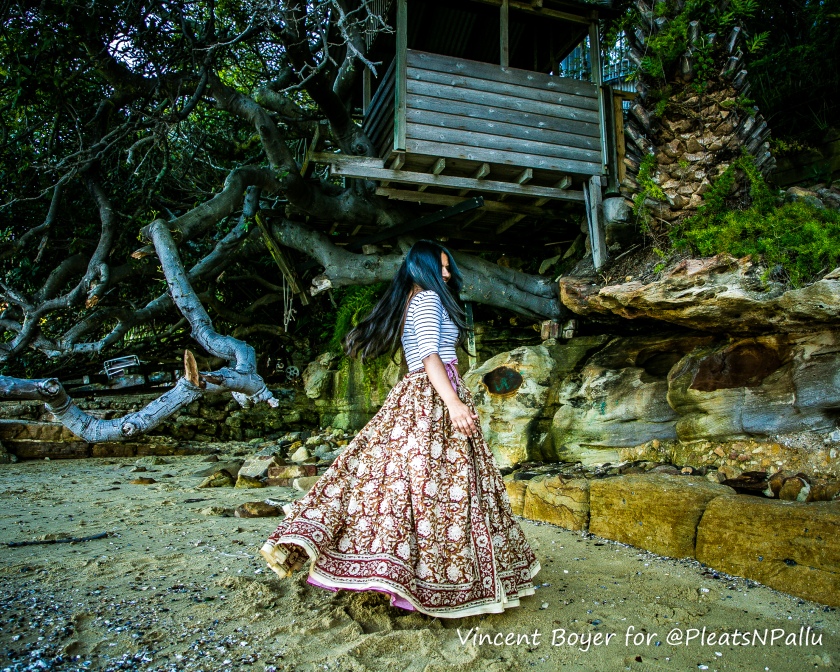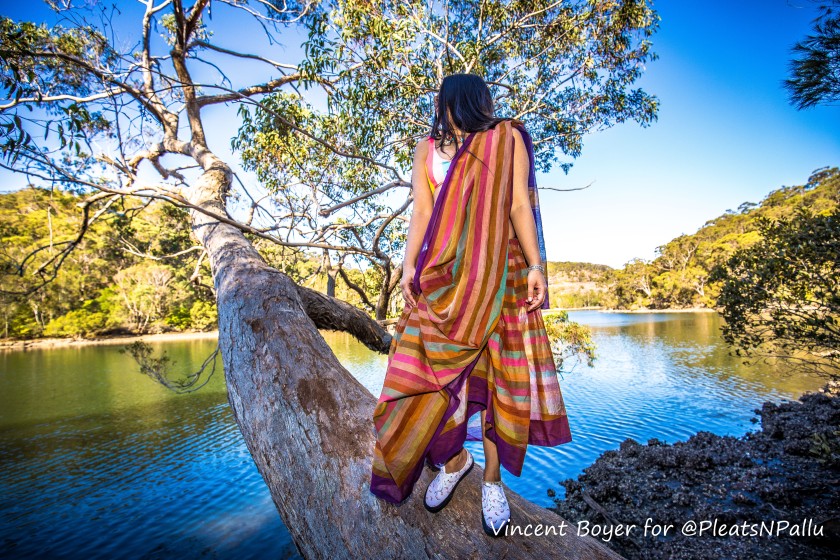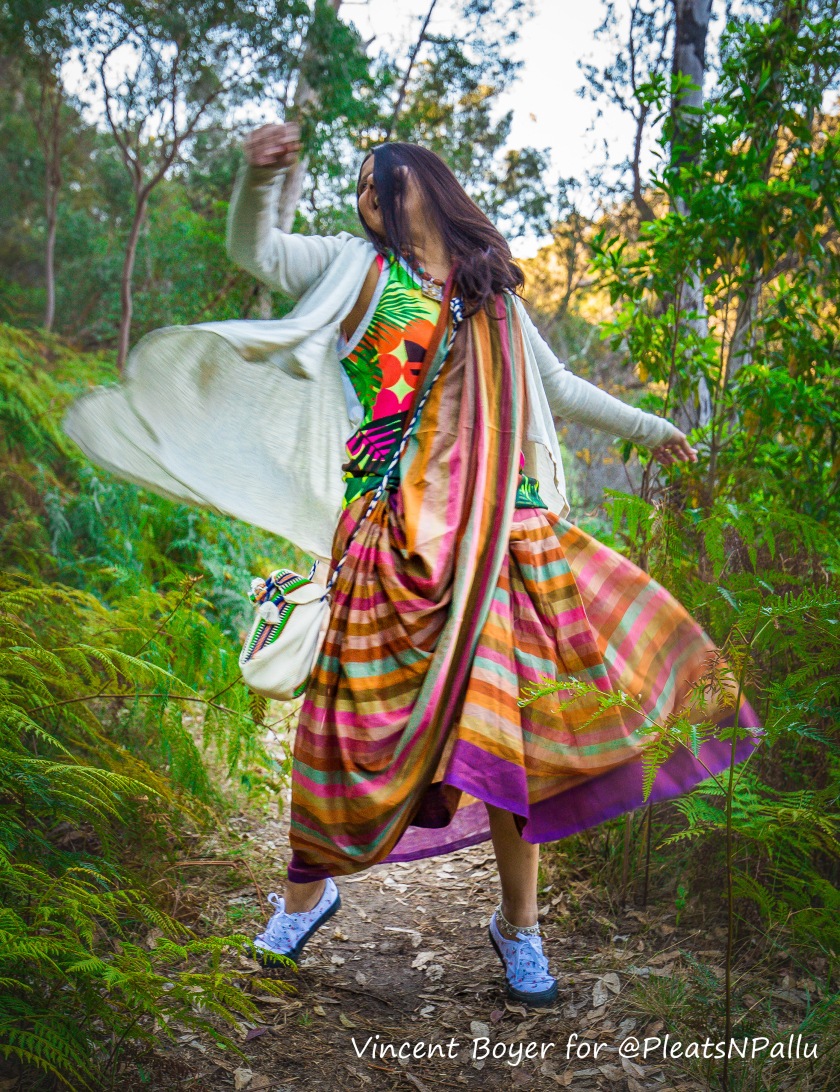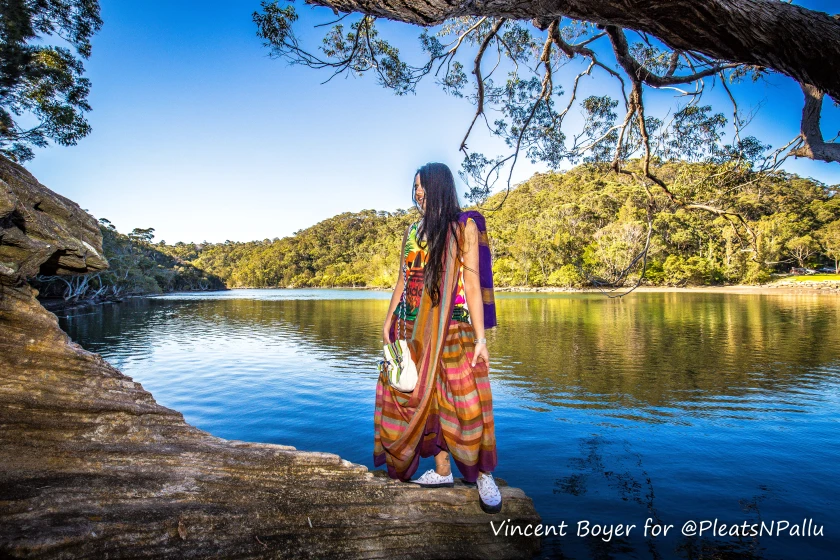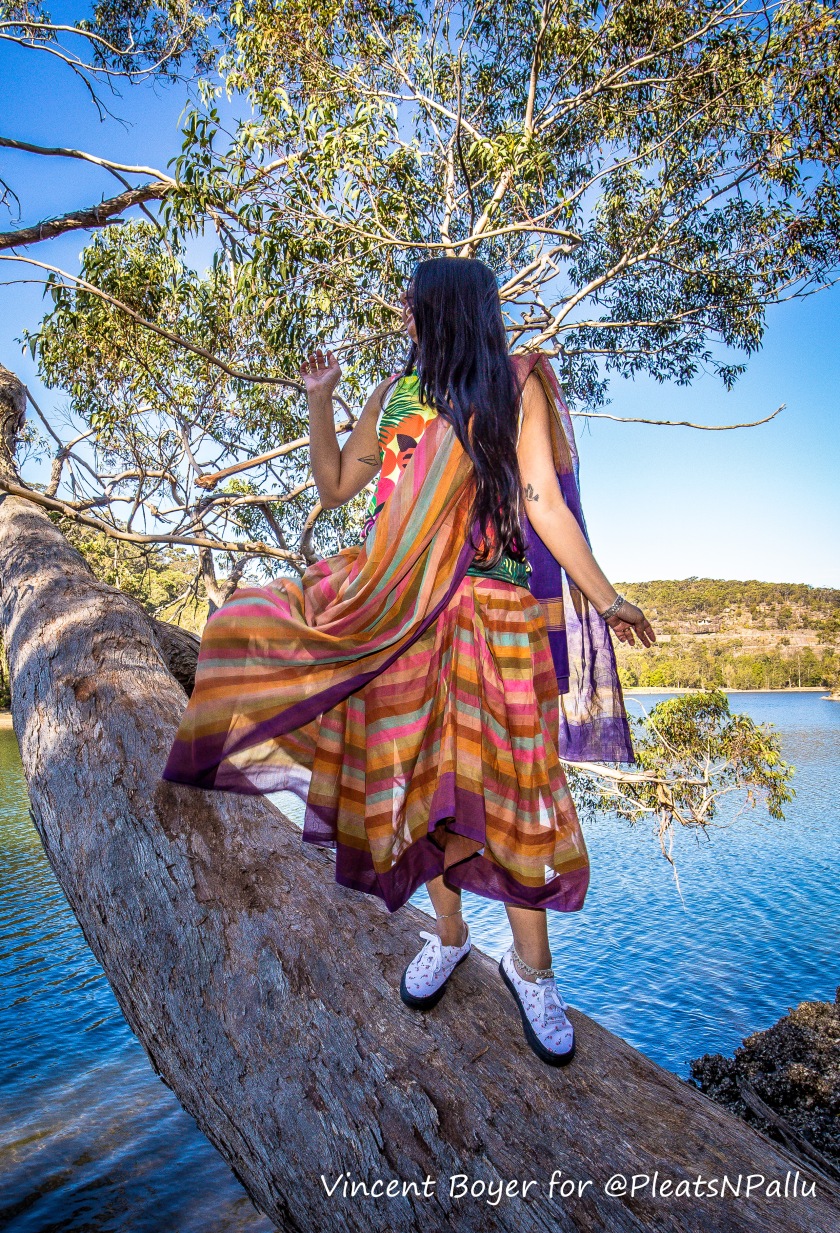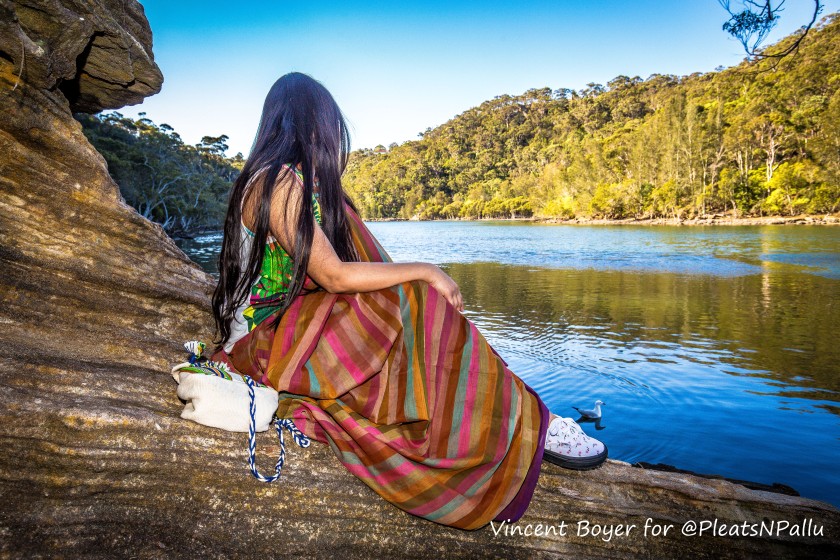I have a thing for oversize silhouettes but the obsession takes a whole new meaning when it comes to Levi’s trucker jackets. This vintage denim jacket got embellished with hand-embroidery and mirror work in the Rabari style, during the months in self-isolation, resulting in something that is completely unique and very much my style.
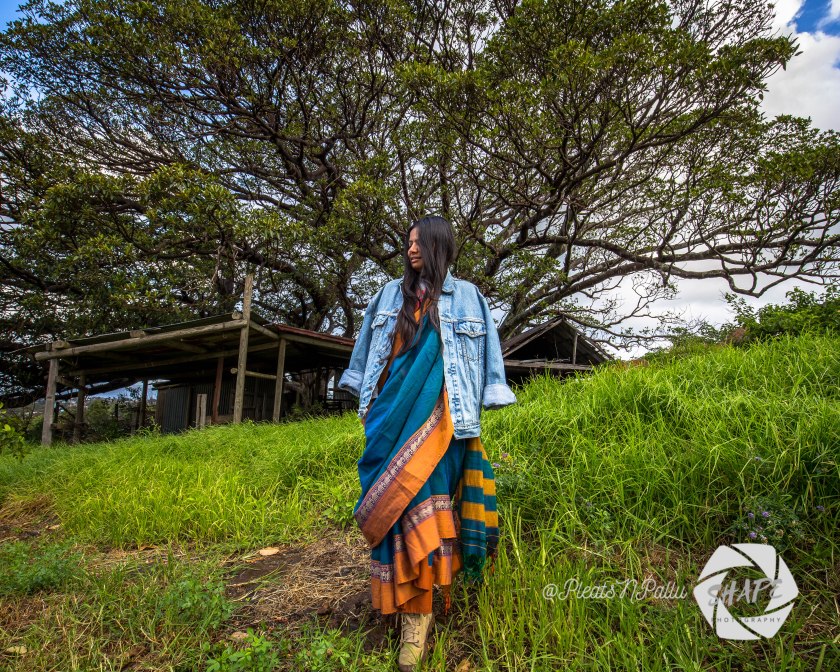
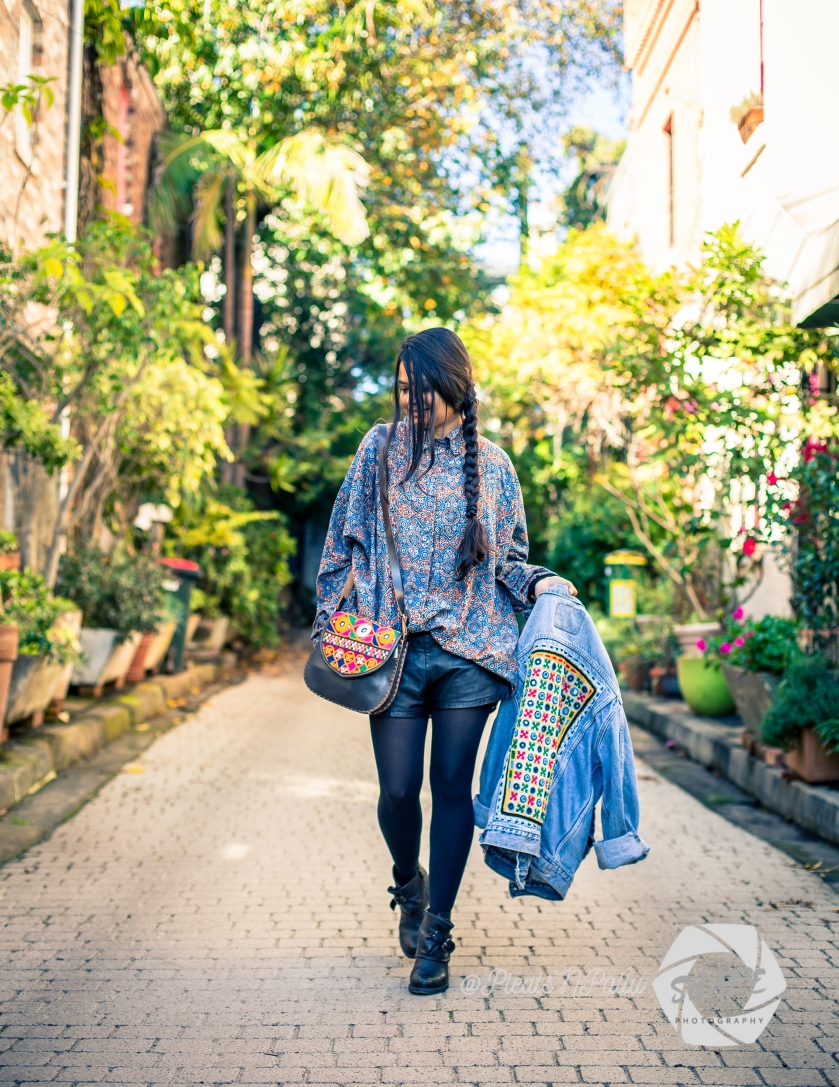
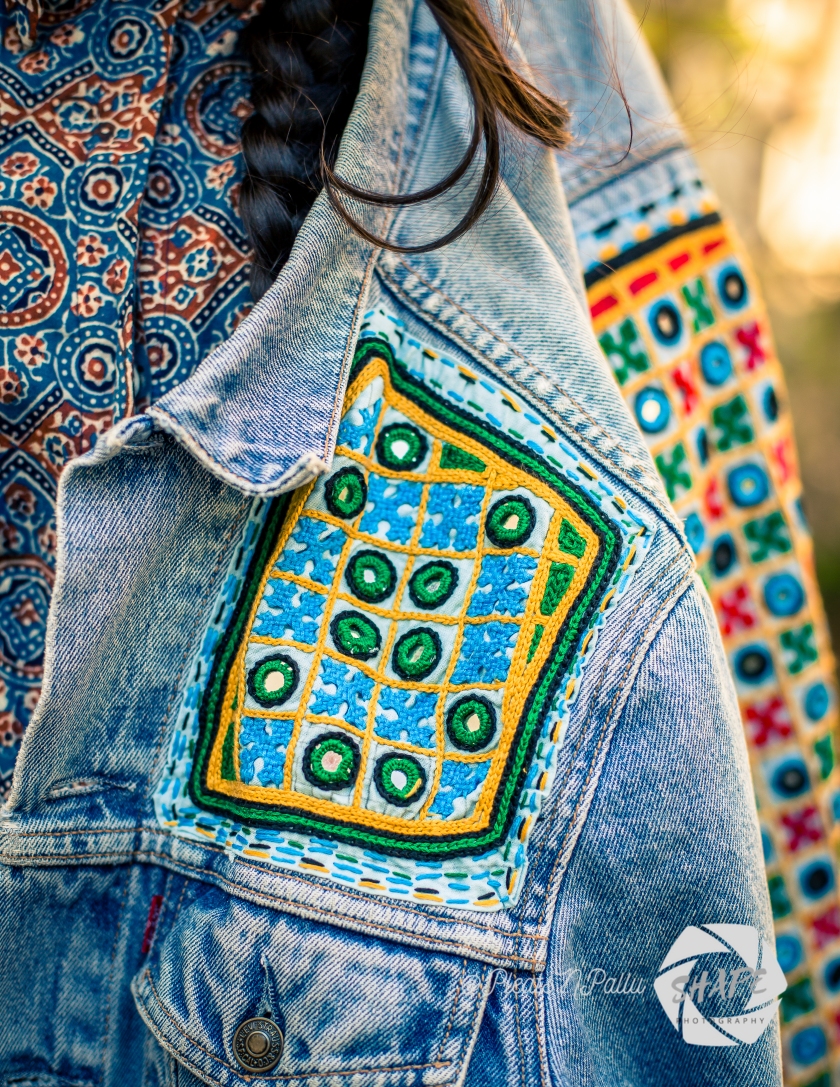
Photos: Vincent Boyer (Say hi on instagram @shape.photos)
This Levi’s trucker jacket is from the early nineties, so about thirty years old and I have worn it non-stop for over a decade.
The self-isolation phase has been trying for many of us, my anxious thoughts took a lot of effort to quell and I needed creative ways to occupy my mind and hands. Hand-embroidery has brought me a lot of joy since I was a child and while we spent increasing amounts of time at home I dove right into complicated needlework projects.
The back and front of this jacket have been embroidered in the Rabari style of needlework and took almost two months to complete. I have written in detail about this style of embroidery in a previous blog post that you can access here.
Over the past decade, I have consciously tried my hardest to buy less, shop better and create more not only because it is good for the environment but also because it helps with my mental health.
I have accumulated a lot of stuff over the years and given a lot of it away as well but I believe I genuinely have enough to last me an entire lifetime. I absolutely don’t get tempted by fast fashion anymore but I do love handloom-ed and handcrafted textiles too much to resist them.
I haven’t bought anything new fashion-wise for almost a year now and I feel I will get to a point soon when I will be happy not buying anything non-essential at all. In the first photo I wore this jacket before embellishing it with a work horse of a handwoven saree on a trip to the highlands with my trusty palladium boots. In the second photo I am wearing the same jacket after I finished embroidering it with an Ajrakh hand blocked oversize shirt, leather shorts and an embroidered leather bag.
I am one of those people who continues to wear their shorts in the winter with summer shirts, albeit with stockings plus a merino base layer.
The embroidered tooled leather bag in the photos was made by the women of the Meghwal community from Kutch and has been in constant rotation for almost ten years now. It was first posted on my old blog here.
I have detailed below why I chose to become more conscious about my purchases and what I have done to ensure that I am buying only what I need. This is just a means to contribute to a discussion on sustainability, buying less and more consciously, while we make a determined effort to walk away from rampant consumerism.
I genuinely prefer handmade and like it even more if it is me-made: I believe handmade items are the height of luxury, craft-centric clothing is the epitome of style and traditional embellishments on modern pieces are the ultimate statement in the aesthetic I prefer.
Putting my values front and centre: By wearing ensembles that prominently feature handmade and ethical pieces predominantly made by female artisans, I am making a political statement that is centred around my belief system. I refuse to be tempted into buying what I don’t need and I refuse to be coerced into mindless consumerism to belong to a certain clique. I am me and very happy in my skin.
Sometimes finding strength in embracing our authentic selves in systems that weren’t created for us is the most radical form of activism. As a wom*n of colour, I believe that fully embracing the traditional arts and crafts of my ancestors is a way for me to draw strength and resilience from generations that came before me.
Gives me a sense of freedom: Buying less stuff means more than just saving money, it means freedom from any sort of competition with someone else and it really helps me unleash my creativity. Many of us have become so far removed from the source of what we buy that we remain blissfully unaware and deliberately unseeing of the environmental plus ethical effects of producing and disposing of it all.
Not going to malls: One of the ways I initially was able to curb any temptation to buy unnecessary things was by avoiding malls unless I needed something specific. I’d rather be out on a bushwalk than wander aimlessly in malls buying things that will add to the rubbish going into landfills.
Avoiding impulse buys: I always give my self at least 24 hours before I decide on buying something even if I really want it. I also maintain a wishlist of things I want for months and have noticed that when I revisit it I am organically able to reduce the number of items in it.
I am very critical of my consumption patterns and constantly have dialogues with myself on whether i really need something as much I think I do. Trust me, it just helps to stop hoarding stuff I have no need for.
Embracing pre-loved items: One of the simplest ways for easing into a more sustainable life-style for me has been embracing used/pre-loved and vintage items into my life. It has really unleashed the creativity and made my style just the right amount of unique mixed with a little bit crazy, just like myself.
I have found truly one-of-a-kind items from vintage stores and flea markets that I now treasure, it makes me laugh to look back at a younger me who wouldn’t touch anything second-hand.
Rejecting the concept of standard sizing: I love strong shapes and easy silhouettes that play with size and proportions in natural breathable fabric. Garment sizing is a concept that I have always consciously tried to do away with and my closet consists of every size from extra extra small to large.
I believe that not focussing on sizing and embracing different silhouettes has made my wardrobe more versatile and less season specific.
Doing away with the notion of gendered clothing: Eschewing the traditional notion of men’s and women’s wear is just the first step in acknowledging that gender is not binary. Once we do away with the ideas of clothing based antiquated ideas of masculine and feminine we stop missing out on potentially great pieces.
To be truly sustainable we need to keep items in use for as long as possible, which is more achievable when swapping or selling without the boundaries of gender; thereby keeping more clothes out of landfill.
A simple way for me to practice self-care: When I am busy creating art and craft, it is oddly therapeutic, its like me giving myself permission to play. I get to create something beautiful simply for the joy of it and no monetary calculations are involved.
Drawing or embroidery gives me the opportunity to let my mind slow down while my hands are busy at work.
Finding community: Crafting has helped me connect with a lot of like-minded individuals who are also quietly intent on slowing down and consuming less. It has helped me belong to a community that is in equal parts inspiring and inviting, which I believe makes me a better person
I have a long way to go before my lifestyle is completely sustainable but I am doing better everyday. I would love to know a little bit about your journey into a more ethical lifestyle and the steps you’ve taken toward it.
